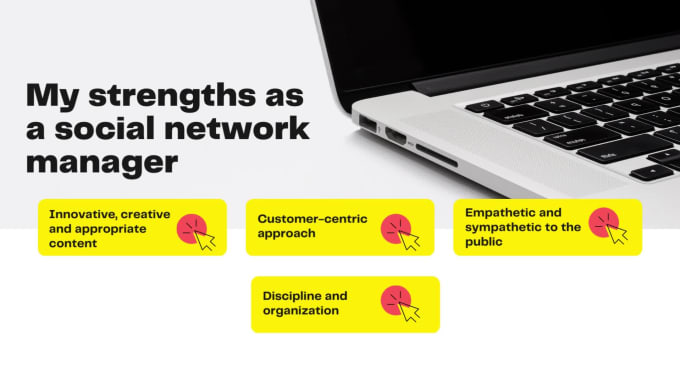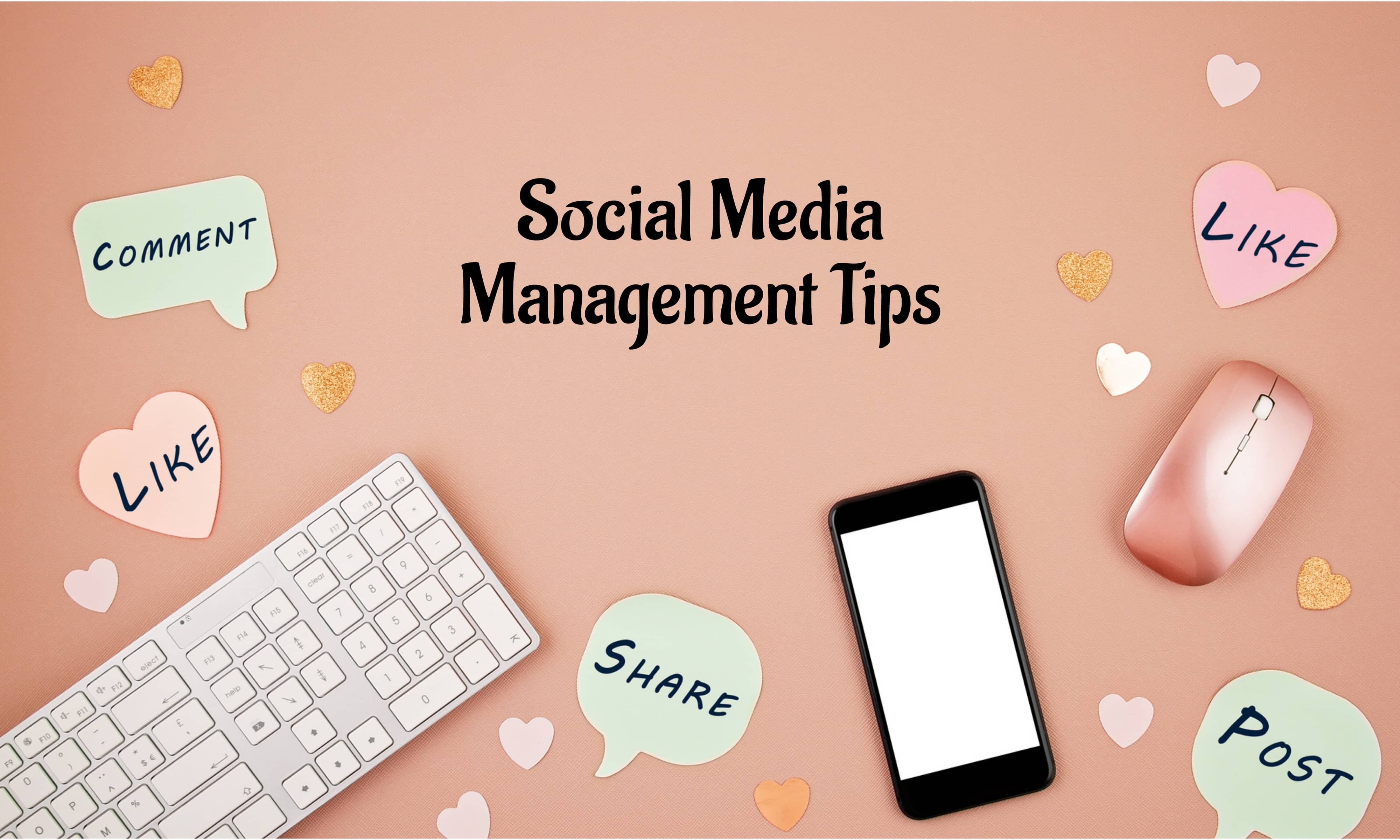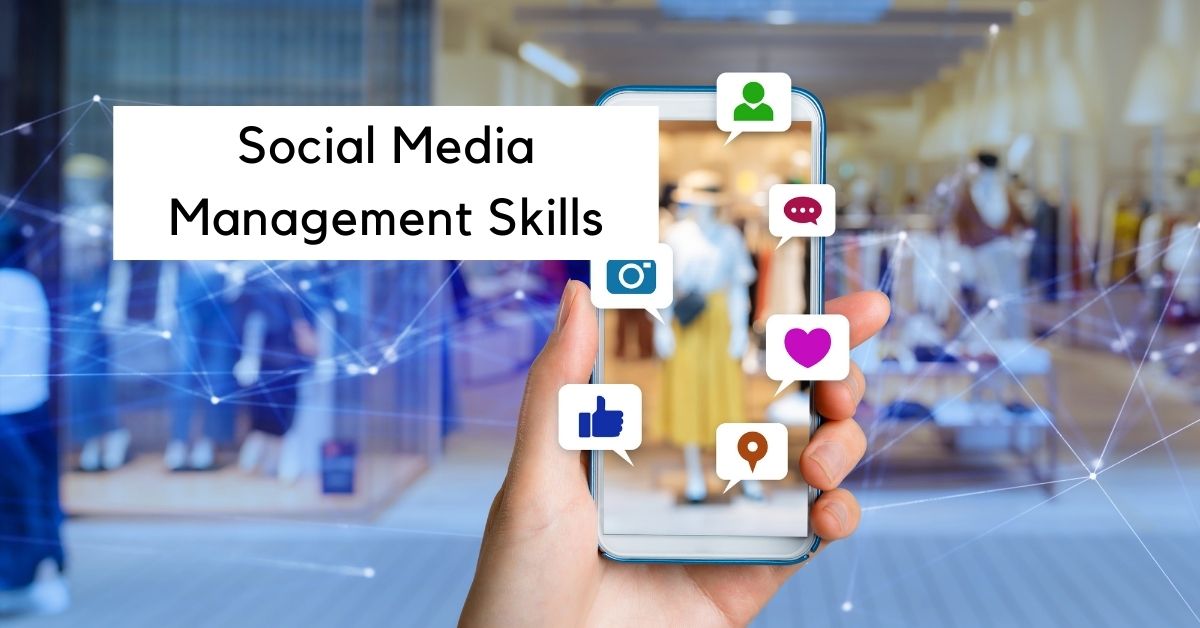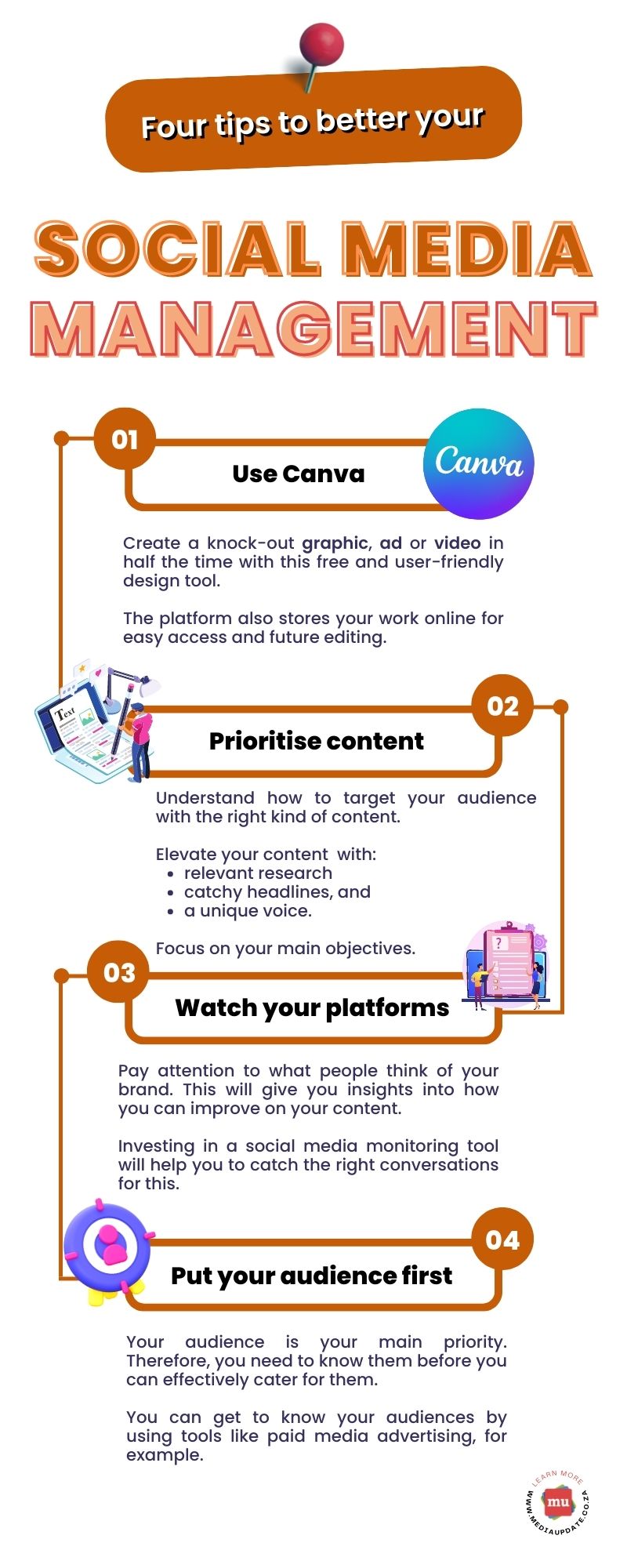5 Powerful Social Media Management Tips

In today's digital landscape, social media management is an essential skill for businesses and individuals alike. With an ever-growing number of platforms and an increasingly competitive online space, the challenge of effectively managing and optimizing your social media presence is more critical than ever. In this comprehensive guide, we delve into five expert tips that will empower you to enhance your social media strategy, engage your audience, and achieve your goals.
1. Craft a Compelling Content Strategy

The foundation of successful social media management lies in crafting a well-defined content strategy. This strategy serves as your roadmap, guiding your content creation and publication process. Here’s how to make it powerful:
Define Your Objectives
Begin by clearly outlining your goals. Are you aiming to increase brand awareness, drive website traffic, or boost engagement? Defining these objectives will help you tailor your content to meet specific targets. For instance, if your goal is to generate leads, you might focus on creating educational content that provides value to your audience and subtly promotes your products or services.
Understand Your Audience
Knowing your target audience is crucial. Conduct thorough research to understand their demographics, interests, and pain points. This insight will enable you to create content that resonates with them. For example, if your audience is predominantly young professionals, you might incorporate more informal language and visual content like infographics or short videos.
| Audience Segment | Preferred Content Type |
|---|---|
| Young Professionals | Visuals, Short Videos, Informal Tone |
| Mature Audience | Detailed Articles, Formal Tone |
| Industry Experts | Technical Insights, Case Studies |

Diversify Your Content
A successful content strategy should offer a diverse mix of content types. This includes blog posts, videos, infographics, podcasts, and more. Diversifying your content not only keeps your audience engaged but also allows you to reach different preferences and learning styles. For instance, a video tutorial might be more appealing to visual learners, while a detailed blog post caters to those who prefer written content.
Implement a Content Calendar
A well-organized content calendar ensures consistency and helps you plan ahead. It allows you to schedule posts, track important dates, and maintain a balanced mix of content. By using a content calendar, you can also easily coordinate with your team and ensure that your social media presence is consistent across all platforms.
2. Optimize Your Visuals

Visual content is a powerful tool in social media management. It captures attention, enhances engagement, and can effectively convey complex messages. Here’s how to leverage visuals to their fullest potential:
High-Quality Imagery
Invest in high-quality images and visuals. Whether you’re using stock photos, creating your own graphics, or incorporating videos, ensure they are visually appealing and relevant to your content. Poor-quality visuals can detract from your message and reflect negatively on your brand.
Brand Consistency
Maintain brand consistency across all your visual content. This includes using your brand colors, fonts, and logo consistently. By doing so, you reinforce brand recognition and create a cohesive visual identity. Tools like Canva and Adobe Spark offer templates and design features that can help you create professional-looking visuals that align with your brand guidelines.
Utilize Video Content
Video content is an increasingly popular and powerful medium. It can be used to showcase products, share testimonials, or provide tutorials. Platforms like YouTube, Instagram, and TikTok offer various opportunities to engage your audience through video. Consider live streaming, short-form videos, or longer, more detailed videos to cater to different preferences.
Incorporate Infographics
Infographics are an excellent way to present complex information in a visually appealing and easily digestible format. They can simplify data, highlight key points, and make your content more shareable. Tools like Venngage and Piktochart offer user-friendly platforms for creating professional infographics.
3. Engage and Interact with Your Audience
Social media is, at its core, a platform for social interaction. Engaging with your audience is crucial for building relationships, fostering loyalty, and gathering valuable insights. Here’s how to make the most of it:
Respond to Comments and Messages
Acknowledge and respond to comments, messages, and reviews. Timely responses show your audience that you value their input and are actively engaged with your community. Whether it’s a simple “thank you” or a more detailed response to a query, taking the time to engage personally can leave a positive impression.
Initiate Conversations
Don’t just wait for your audience to engage; initiate conversations yourself. Start discussions, ask questions, and encourage feedback. This can be done through polls, quizzes, or simply by asking for opinions on a particular topic. Engaging conversations not only keep your audience interested but also provide valuable insights into their preferences and concerns.
Host Contests and Giveaways
Contests and giveaways are powerful tools for increasing engagement and building excitement. They encourage participation, generate buzz, and can help expand your reach. Whether it’s a simple photo contest or a more complex challenge, ensure the rules are clear and the prizes are enticing. Remember to comply with platform guidelines and any relevant regulations.
Utilize User-Generated Content
User-generated content (UGC) is a powerful way to showcase your brand in an authentic light. Encourage your audience to share their experiences, reviews, or creations related to your brand. This could be as simple as asking them to tag you in their posts or using a specific hashtag. UGC not only adds variety to your content but also demonstrates social proof and builds trust.
4. Leverage Influencer Marketing
Influencer marketing is a powerful strategy that leverages the reach and credibility of influencers to promote your brand. Here’s how to effectively incorporate it into your social media management:
Identify Relevant Influencers
Start by identifying influencers who align with your brand and target audience. Look for individuals who have a strong following and engage with their audience authentically. Consider the niche they operate in, their tone and style, and whether their values resonate with your brand.
Establish Authentic Connections
Build genuine relationships with influencers. Engage with their content, participate in their conversations, and show genuine interest in their work. This helps establish a connection and makes it more likely that they’ll be open to collaborations. Authenticity is key to successful influencer marketing.
Define Clear Objectives
Before approaching an influencer, define your objectives. Are you looking for increased brand awareness, product reviews, or a specific call to action? Clear objectives will help you choose the right influencers and craft effective collaborations. Ensure your goals align with the influencer’s audience and style.
Offer Value
Influencers receive numerous collaboration requests, so it’s important to offer them value. This could be in the form of financial compensation, product samples, or simply the opportunity to collaborate with a brand they admire. Ensure the value you offer is commensurate with the influencer’s worth and the effort required.
5. Analyze and Adjust Your Strategy

Social media management is an ongoing process, and regular analysis is crucial for improvement. Here’s how to effectively analyze and adjust your strategy:
Monitor Performance
Use analytics tools to monitor the performance of your social media accounts. Platforms like Facebook and Instagram provide built-in analytics, while tools like Google Analytics offer more detailed insights. Monitor metrics such as reach, engagement, and conversion rates to understand what’s working and what needs improvement.
Identify Trends and Insights
Beyond basic metrics, look for trends and insights that can inform your strategy. For example, you might notice that a particular type of content consistently performs better or that engagement spikes during specific times of the day. These insights can guide your content creation and scheduling decisions.
A/B Testing
Implement A/B testing to compare different approaches. This could be testing different headline variations, image styles, or call-to-actions. By testing, you can identify what resonates best with your audience and make more informed decisions about your content strategy.
Adapt to Changes
The social media landscape is dynamic, with platforms frequently updating algorithms and features. Stay updated with these changes and adapt your strategy accordingly. For instance, if a platform introduces a new feature like Reels or Stories, explore how you can leverage these to enhance your content and engagement.
How often should I post on social media?
+The ideal posting frequency varies across platforms and industries. As a general guideline, aim for 1-2 posts per day on platforms like Instagram and Facebook, and consider daily posts on Twitter. However, it’s important to find the right balance. Over-posting can lead to content fatigue, while under-posting may result in a lack of visibility. Monitor your engagement and adjust your posting frequency accordingly.
What’s the best time to post on social media?
+The best time to post depends on your target audience and the platform. Generally, mornings and early evenings are considered optimal, as people tend to be more active during these times. However, it’s crucial to analyze your specific audience’s behavior. Use analytics tools to identify the times when your audience is most engaged, and schedule your posts accordingly.
How can I improve my social media engagement?
+Improving engagement requires a multifaceted approach. Firstly, ensure your content is relevant, high-quality, and aligns with your audience’s interests. Respond promptly to comments and messages, and initiate conversations to keep your audience engaged. Consider running contests and giveaways, and leverage user-generated content to build authenticity and trust. Regularly analyze your performance and adjust your strategy based on insights.



